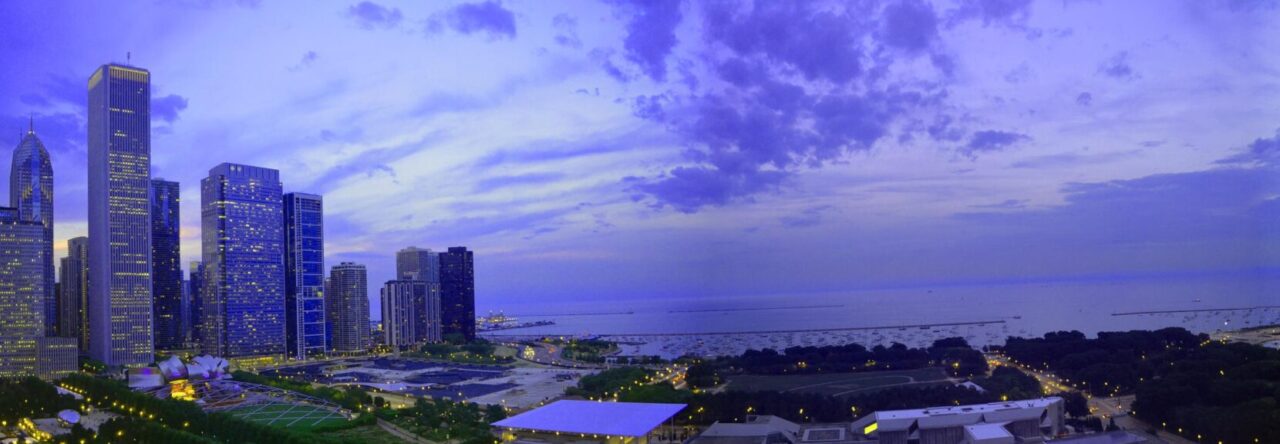I’ve been writing on social media about my disdain for Elon Musk’s foray into solving mass transit problems with the hyperloop for some time. But now we have evidence of a test ride with real people by Virgin Hyperloop in the Nevada desert. CNN covers the event, which is basically a commercial, though their article is a little more circumspect.
Whisking people at speeds of 100 MPH is, of course, an important achievement, despite the fact that Amtrak already achieves speeds of up to 150 MPH on sections of its Acela service.
No doubt, achieving speeds of up to 760 MPH, as hyperloop technology promises to do would be a game changer for intercity travel. The fundamental problem with it is the hyperloop is an unproven technology and Elon Musk, et. al’s constant undercutting or ignorance of actual construction and land acquisition costs itself is a problem. But beyond the technology, the costs, the personalities, it’s the shiny newness of the hyperloop that attracts outsized attention and serious money.
Transit Planner Jarrett Walker has a term for this – elite projection – which is
the belief, among relatively fortunate and influential people, that what those people find convenient or attractive is good for the society as a whole.
The thing is, existing, proven technology already exists that can solve much of the problems that hyperloop is purported to solve – the ability to move people at incredibly fast speed. It’s called high speed rail (HSR) and it has been around for two generations.
High Speed Rail

In Illinois, where I live, a HSR project is underway to increase speeds Amtrak’s Lincoln Service between Chicago to St. Louis. The 300 mile route today takes 5.5 hours. Current plans are to get maximum speeds up to 120 MPH, which would result in travel times of around four hours. This is significant as these travel times would beat out travel time via car by an hour – the kind of time savings that results in modal shifts.
But what if we could increase speeds to 220 MPH? This is at the upper bound for speed on HSR and is the game changer that hyperloop purports to be. Even better, this speed is obtainable on current rights-of-way using proven HSR technologies.
At 220 MPH, it’s now possible to travel from Chicago to St. Louis or Cincinnati or Detroit in just under two hours. It’s possible to travel to Cleveland in just over two hours and Minneapolis/St. Paul in 2:40. At these travel times, it opens up the Midwest urban economy to much closer linkages between its large cities.
HSR at 220 MPH is far more obtainable than hyperloop at 760 MPH and achieves much of the same benefits as hyperloop. Even better, HSR achieves these benefits without the technology and land acquisition problems that hyperloop brings. It’s past time to focus public policy on attainable outcomes than pie-in-the-sky shiny objects.

